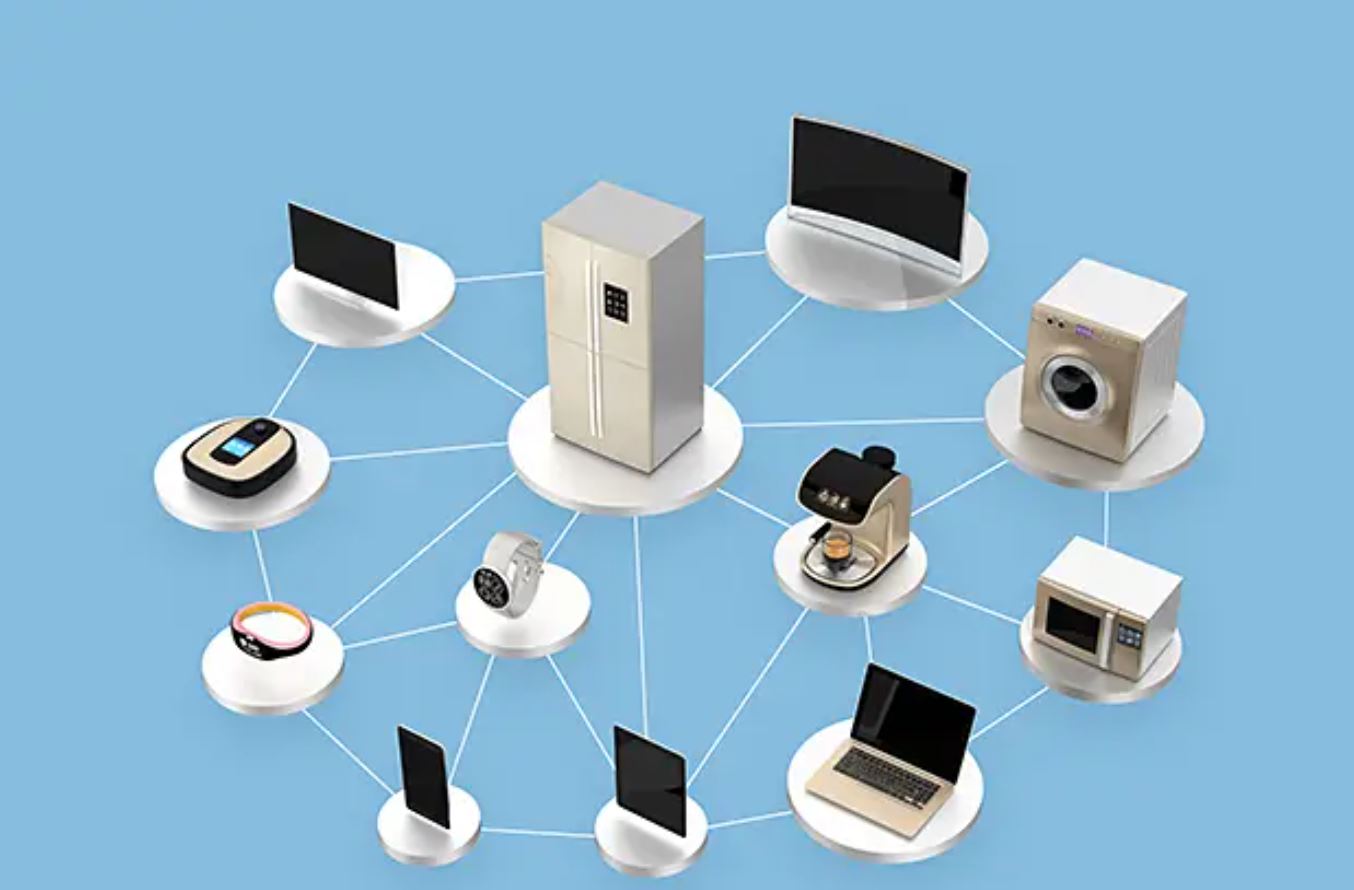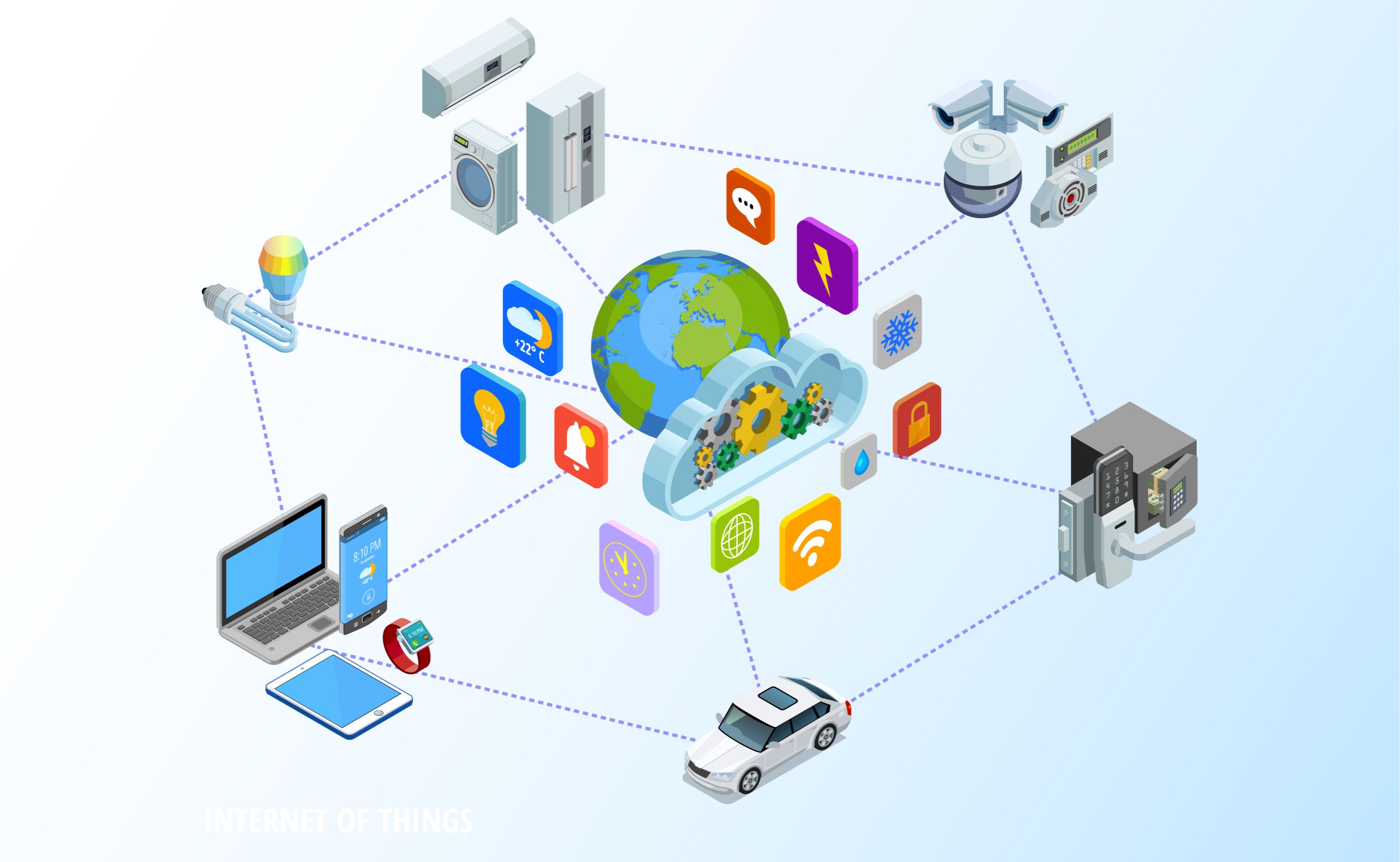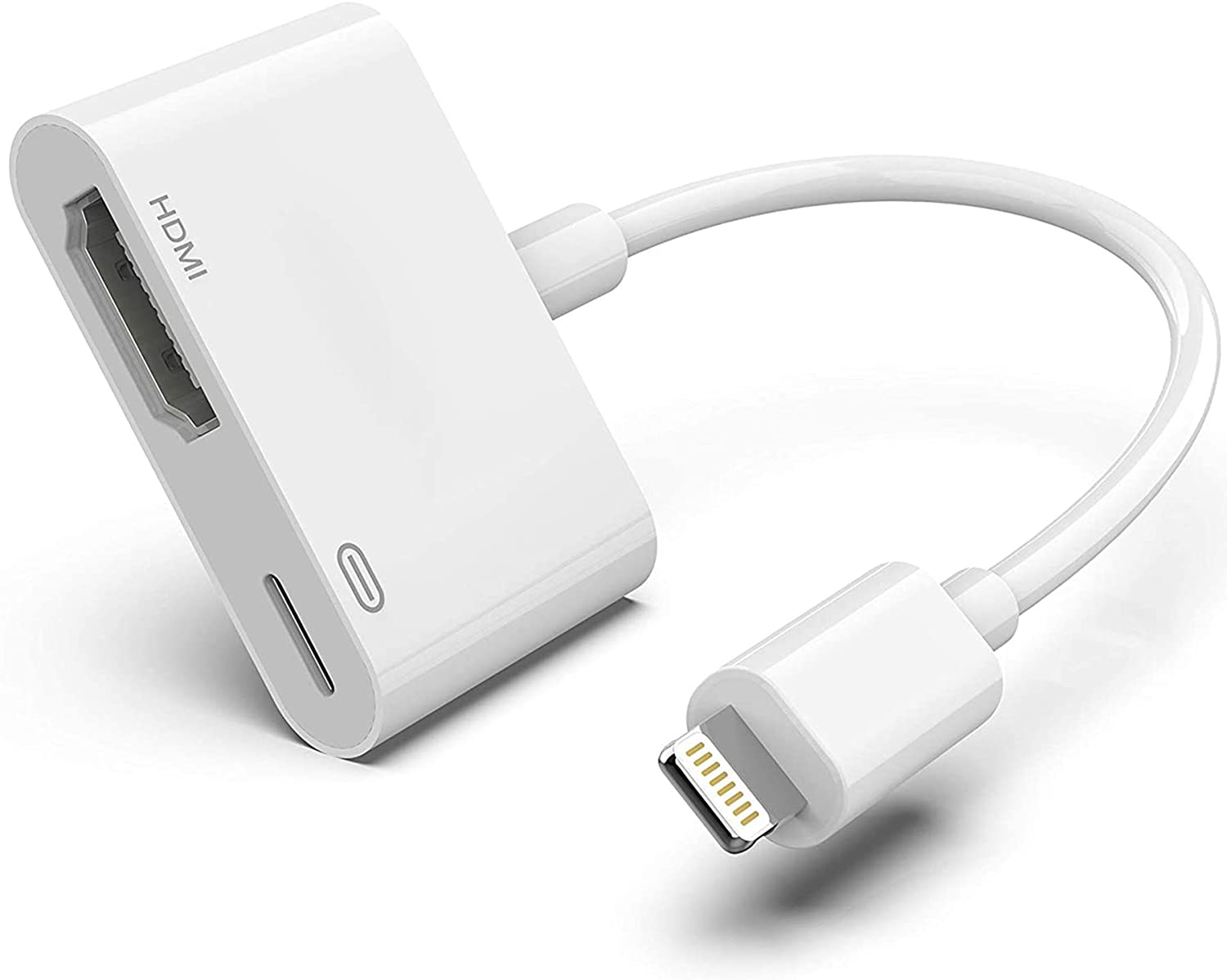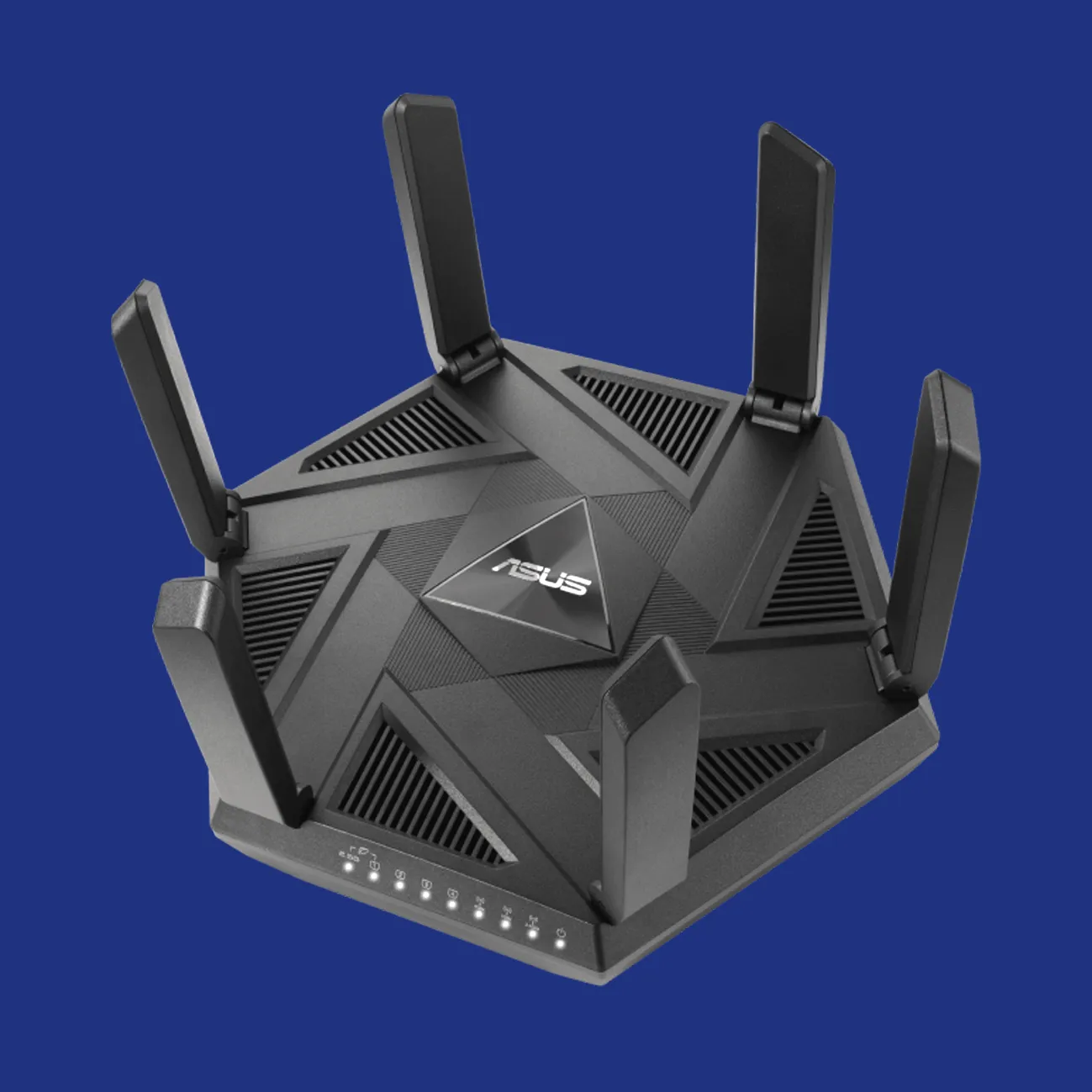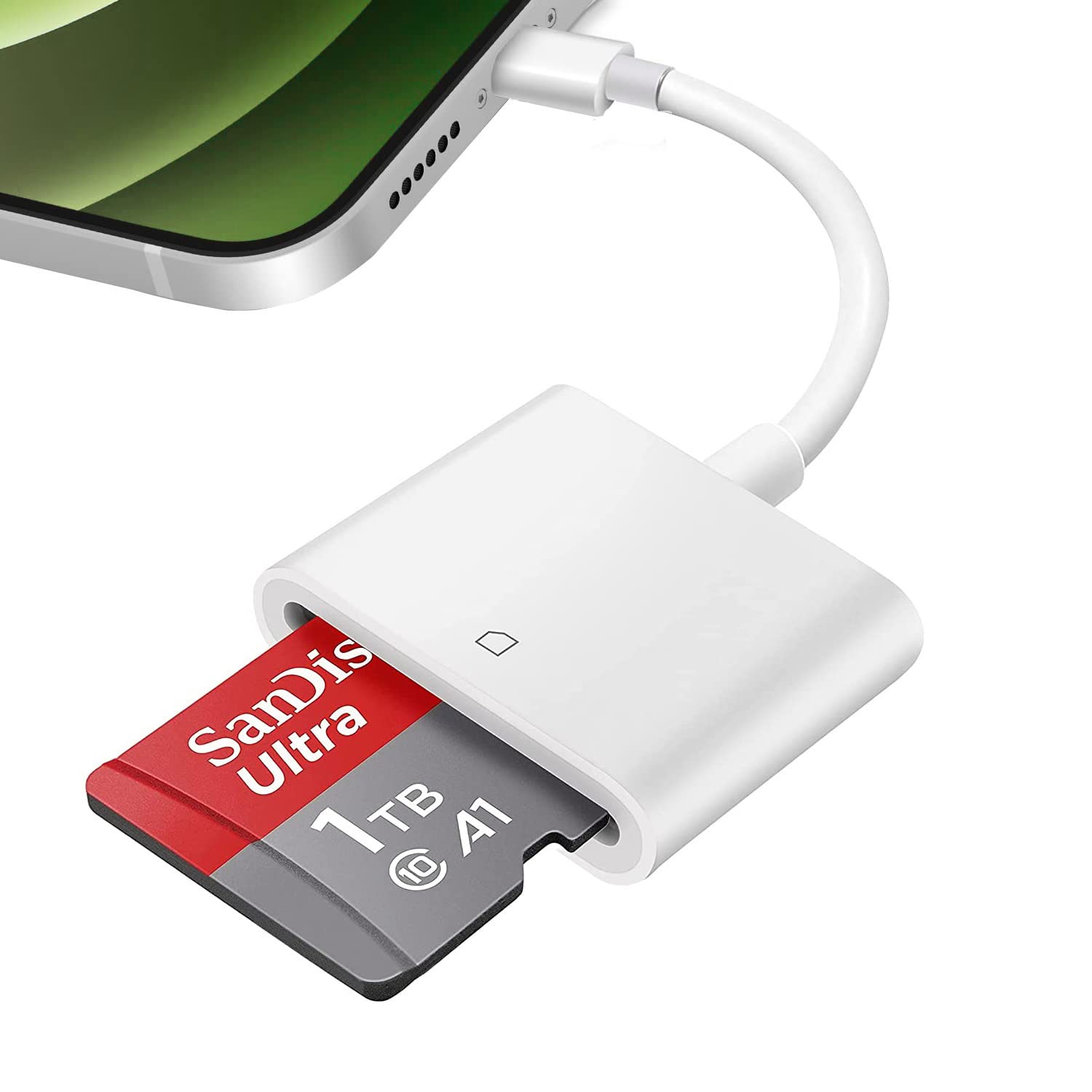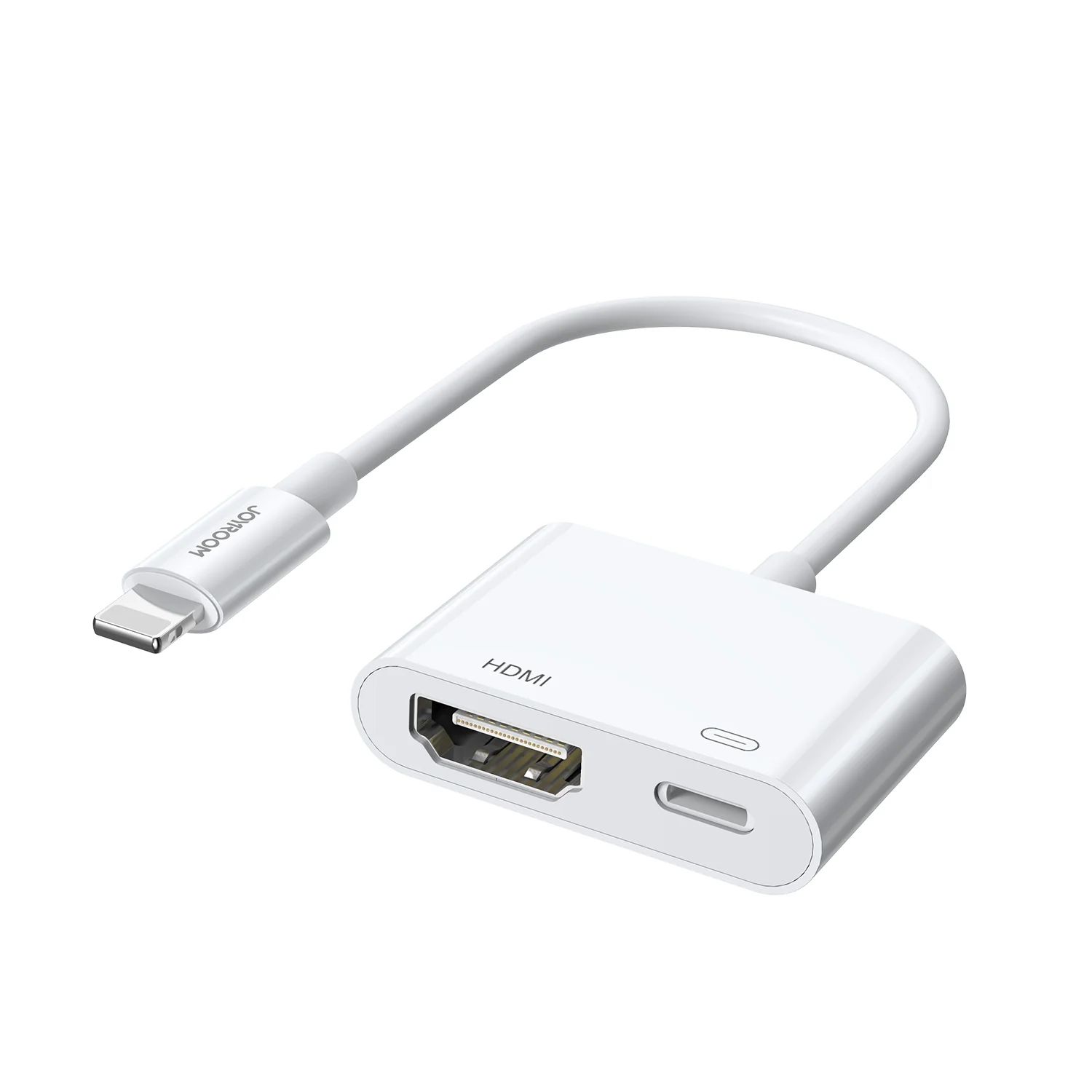Introduction
Welcome to the world of IoT (Internet of Things), where everyday objects are connected to the internet to collect and share data. From smart homes to industrial automation, IoT devices have become an integral part of our lives. But have you ever wondered how these devices communicate? One key aspect of IoT communication is the use of specific ports and protocols.
In this article, we will explore the ports commonly used by IoT devices and the protocols associated with them. Understanding these port numbers and protocols will not only expand your knowledge of IoT but also help you troubleshoot and secure your IoT network.
Before we dive into the details, it’s important to note that IoT devices can use a variety of protocols, each with its own unique port numbers. These protocols govern how devices communicate, exchange data, and establish connections with other devices or servers.
Now, let’s explore some of the common IoT protocols and the ports they use.
Common IoT Protocols and Port Numbers
IoT devices rely on various protocols to establish communication and transfer data. Each protocol uses specific port numbers to ensure smooth and secure data transmission. Let’s take a closer look at some of the most commonly used IoT protocols and the associated port numbers:
-
HTTP (Port 80)
HTTP (Hypertext Transfer Protocol) is the foundation of data communication on the World Wide Web. Many IoT devices use HTTP to send and receive data over the internet. By default, HTTP uses port 80 for unencrypted connections. However, it’s important to note that using HTTP for IoT communication may present security risks.
-
HTTPS (Port 443)
HTTPS (Hypertext Transfer Protocol Secure) is an encrypted version of HTTP. It ensures secure communication between IoT devices and servers. By utilizing SSL/TLS certificates, HTTPS protects against eavesdropping and tampering of data. Port 443 is commonly used for HTTPS connections.
-
MQTT (Port 1883 and Port 8883)
MQTT (Message Queuing Telemetry Transport) is a lightweight and efficient protocol designed for IoT communication. It follows a publish-subscribe model and is widely used in scenarios where low bandwidth and low power consumption are crucial. MQTT typically operates on port 1883 for unencrypted connections, while port 8883 is used for encrypted connections (MQTT over TLS).
-
CoAP (Port 5683)
CoAP (Constrained Application Protocol) is a specialized protocol for IoT devices with limited resources, such as low power and low memory. It is designed to enable efficient communication in constrained environments. CoAP typically uses port 5683 for both unencrypted and encrypted connections.
-
Modbus (Port 502)
Modbus is a popular protocol used in industrial automation systems. It allows communication between devices connected via serial or Ethernet connections. Modbus uses port 502 for transferring data and issuing commands. It follows a master-slave architecture, where a master device initiates requests, and slave devices respond accordingly.
These are just a few examples of the protocols and port numbers commonly used in IoT communication. Other protocols like BACnet, Zigbee, Z-Wave, and Bluetooth Low Energy (BLE) also play vital roles in specific IoT applications.
HTTP (Port 80)
HTTP (Hypertext Transfer Protocol) is the foundation of data communication on the World Wide Web. It is a protocol that allows clients (such as web browsers) to send requests to servers and receive responses in the form of web pages, images, videos, and other types of content.
In the context of IoT, many devices use HTTP to send and receive data over the internet. HTTP operates on port 80 by default for unencrypted connections. When an IoT device communicates using HTTP, it typically sends requests to a web server to retrieve information or transmit data.
For example, consider a smart thermostat that connects to an IoT cloud platform. The thermostat may send an HTTP request to the cloud server to update temperature readings, receive configuration updates, or retrieve historical data. The server responds with the requested information, allowing the thermostat to operate based on the received data.
However, it’s worth noting that using HTTP for IoT communication may introduce security vulnerabilities. HTTP transmits data in plain text, which means that sensitive information can be intercepted and read by unauthorized parties. To address this concern, it is recommended to use HTTPS (HTTP Secure), which uses encryption to protect the data being transmitted.
Port 80 is the designated port for unencrypted HTTP communication. In most cases, IoT devices utilizing HTTP will use this default port unless configured otherwise.
It’s important for IoT developers and administrators to be aware of the potential security risks associated with using unencrypted HTTP. Whenever possible, implementing HTTPS and utilizing port 443 for encrypted communication is strongly recommended to ensure the confidentiality and integrity of the data being transmitted.
HTTPS (Port 443)
HTTPS (Hypertext Transfer Protocol Secure) is an encrypted version of the HTTP protocol. It provides a secure and encrypted connection between IoT devices and servers, protecting sensitive data from interception and tampering.
IoT devices that require a secure channel for data exchange, authentication, and confidentiality often use HTTPS. This protocol adds an extra layer of security by employing SSL (Secure Sockets Layer) or TLS (Transport Layer Security) encryption. By encrypting the data before transmission, HTTPS ensures that it cannot be easily deciphered by unauthorized parties.
Port 443 is the commonly used port for HTTPS communication. IoT devices that support HTTPS will typically establish connections on port 443 to securely send and receive data with a web server or cloud platform. This port is specifically designated for HTTPS traffic, making it easier for devices and servers to establish secure connections without potential conflicts.
For example, consider a home security system that transmits video footage and sensor data to a remote server for monitoring. Using HTTPS and port 443, the system encrypts the data before sending it over the internet. This prevents unauthorized viewers from accessing the video feed or tampering with the data during transmission.
When implementing HTTPS in IoT devices, it is essential to obtain and install a valid SSL/TLS certificate from a trusted certificate authority (CA). The certificate verifies the authenticity of the server the IoT device is connecting to, ensuring the encrypted communication is established with the intended server.
By utilizing HTTPS and port 443, IoT devices can achieve a higher level of security and protect sensitive information, making it an important protocol for secure IoT communication.
MQTT (Port 1883 and Port 8883)
MQTT (Message Queuing Telemetry Transport) is a lightweight and efficient protocol commonly used in IoT applications. It is designed for low-power devices with limited bandwidth and resources, making it ideal for IoT devices operating in constrained environments.
MQTT follows a publish-subscribe messaging pattern, where devices can publish messages to a topic, and other devices can subscribe to specific topics to receive those messages. This approach allows for efficient and scalable communication in IoT networks.
MQTT can be utilized using both unencrypted (non-TLS) and encrypted (TLS) connections. By default, MQTT operates on port 1883 for non-TLS connections. This port is commonly used for MQTT communication in situations where data security is not a primary concern.
For secure MQTT communication, port 8883 is used. This port is designated for MQTT over TLS, which adds a layer of encryption to protect the data being transmitted. Using MQTT over TLS ensures that the communication between devices and servers is secured and cannot be easily intercepted or tampered with.
For example, consider a smart home system that includes multiple devices such as temperature sensors, light controllers, and door locks. Each device can publish its status updates to an MQTT broker, and other devices or applications can subscribe to specific topics to receive those updates. By utilizing port 1883 or 8883, the devices can establish MQTT connections to the broker and securely exchange information.
When implementing MQTT in IoT devices, it’s crucial to consider the security requirements and choose the appropriate port. If data privacy and integrity are essential, it is recommended to use MQTT over TLS on port 8883. However, in scenarios where security is not a significant concern, using MQTT on port 1883 can provide a lightweight and efficient communication option.
Overall, MQTT with its flexible publish-subscribe model and support for both non-TLS and TLS connections offers a reliable and scalable protocol for IoT communication.
CoAP (Port 5683)
CoAP (Constrained Application Protocol) is a specialized protocol designed for IoT devices with constrained resources such as low power, low memory, and limited network bandwidth. It provides an efficient way for IoT devices to communicate and exchange data in constrained environments.
CoAP follows a client-server model, where devices can make requests to a server and receive responses. It uses the REST architectural style, similar to HTTP, making it lightweight and scalable for IoT applications.
In CoAP communication, port 5683 is commonly used for both unencrypted and encrypted connections. This port number is specifically reserved for CoAP traffic, making it easier for devices and servers to establish connections without conflicts.
For example, consider a smart lighting system in a building where each light bulb is equipped with a CoAP-enabled device. The devices can send CoAP requests to a central server to control the brightness, color, and on/off status of the bulbs. The server responds with the requested changes, allowing for seamless control of the lighting system.
CoAP is designed to be lightweight and efficient, which is essential for IoT devices with limited resources. It uses UDP (User Datagram Protocol) as its transport protocol, reducing the overhead compared to TCP (Transmission Control Protocol) used in protocols such as HTTP. This allows CoAP to operate efficiently in lower-power devices and networks with limited bandwidth.
Furthermore, CoAP supports lightweight message exchange and built-in support for multicast and observing resources. These features enable efficient communication and resource discovery in IoT networks.
When implementing CoAP in IoT devices, developers need to consider the potential security risks associated with unencrypted communication. For secure CoAP communication, implementing CoAP over DTLS (Datagram Transport Layer Security) is recommended. DTLS provides encryption, authentication, and integrity protection for CoAP messages, ensuring the privacy and security of the data being transmitted.
CoAP, with its lightweight and efficient nature, combined with the use of port 5683, is an excellent choice for IoT devices operating in constrained environments where resources are limited.
Modbus (Port 502)
Modbus is a widely used protocol in industrial automation systems, facilitating communication between different devices connected through serial or Ethernet connections. It provides a simple and efficient way to exchange data between devices, making it popular in various industries, including manufacturing, energy, and transportation.
The Modbus protocol follows a master-slave architecture, where a master device initiates requests to one or more slave devices, and the slave devices respond accordingly. This communication allows for control, monitoring, and data acquisition in industrial environments.
Modbus uses port 502 for communication. This port is specifically assigned for Modbus transactions, making it the standard port used by devices implementing the Modbus protocol.
For example, in an industrial setting, a supervisory control and data acquisition (SCADA) system may act as the master device, polling multiple slave devices, such as sensors, actuators, and controllers, for data. The SCADA system sends Modbus requests over port 502 to retrieve real-time data, modify parameter settings, or trigger particular actions in the industrial process.
The Modbus protocol is known for its simplicity and flexibility. It supports various data types and communication formats, including Modbus ASCII, Modbus RTU (Remote Terminal Unit), and Modbus TCP/IP (Transmission Control Protocol/Internet Protocol). Modbus TCP/IP, utilizing Ethernet connections, is the most commonly used variant of the protocol today.
When implementing Modbus in IoT systems, it’s crucial to ensure proper security measures are in place. Modbus protocol itself does not provide built-in security features. Therefore, additional measures should be implemented, such as implementing firewalls, network segmentation, and secure authentication mechanisms, to protect against unauthorized access and potential attacks on the industrial network.
By using Modbus over port 502, industrial devices can communicate efficiently and reliably, enabling seamless control and monitoring in various industrial automation applications.
BACnet (Port 47808)
BACnet (Building Automation and Control network) is a communication protocol specifically designed for building automation systems. It enables devices, such as HVAC systems, lighting controls, and access control systems, to exchange data and control actions within a building or facility.
The BACnet protocol is vendor-neutral and standardized under ANSI (American National Standards Institute) and ISO (International Organization for Standardization). It defines how devices within a building automation system can communicate and interact with each other.
BACnet uses port 47808 for communication. This port number is specifically assigned for BACnet traffic, ensuring that devices using the protocol can establish connections without conflicts.
With BACnet, devices in a building automation system can exchange information such as sensor data, control commands, and alarms. For example, a temperature sensor can send temperature readings to a BACnet-compliant HVAC controller, which then adjusts the heating or cooling system based on the received data.
BACnet supports various data types and communication services, allowing for flexible and comprehensive control and monitoring of building systems. It is capable of multi-master communication, where multiple devices can simultaneously request and provide data within the network.
Additionally, BACnet supports different network technologies, including Ethernet, RS-485, and IP networks. This flexibility allows for seamless integration of various devices and systems, even in complex building automation environments.
When implementing BACnet in IoT systems, it’s crucial to ensure the proper configuration and security measures are in place. Building automation systems may contain sensitive data or control critical functions, making security a key consideration. Implementing firewalls, access control, and encryption mechanisms can help protect against potential vulnerabilities and unauthorized access.
By utilizing BACnet over port 47808, building automation systems can achieve efficient and interoperable communication between devices, enabling centralized control and monitoring of various systems within a building or facility.
Zigbee (Ports Vary)
Zigbee is a wireless communication protocol designed specifically for low-power, low-data-rate applications. It is commonly used in home automation systems, industrial monitoring, and other IoT applications where devices need to communicate wirelessly while conserving energy.
Zigbee operates on a mesh networking architecture, where devices can form a network and communicate with each other through intermediary devices. This allows for reliable and scalable communication, even in environments with numerous devices spread over a large area.
Unlike other protocols discussed earlier, Zigbee does not have a specific designated port. Instead, it utilizes different frequency bands within the 2.4 GHz, 900 MHz, and 868 MHz ranges, depending on the region and regulatory requirements.
Zigbee employs the IEEE 802.15.4 standard for the physical and MAC (Media Access Control) layers, while the higher layers of the Zigbee protocol stack define the network, application, and security aspects. This layered approach allows devices to communicate efficiently while supporting various applications and services.
For example, in a smart home setup, Zigbee-enabled devices like smart lights, sensors, and smart plugs can form a Zigbee network. The devices can communicate with each other, enabling functions like remote control, automation, and energy management. This network operates on specific frequency channels within the designated Zigbee frequency bands.
One of the advantages of Zigbee is its low power consumption, enabling devices to operate on battery power for extended periods. It also supports various security measures, including encryption and authentication, providing a level of privacy and protection for the transmitted data.
When deploying Zigbee-based networks, it’s important to consider factors like network coverage, interference from other wireless devices, and compatibility with Zigbee devices from different manufacturers.
Since Zigbee uses different frequency bands and channels, it operates independently of specific port numbers. It is crucial to follow local regulations and guidelines when deploying Zigbee networks to ensure compliance with radio frequency usage in your region.
In summary, Zigbee is a wireless communication protocol that enables low-power and low-data-rate applications. By utilizing different frequency bands and channels, Zigbee devices can form networks and communicate wirelessly efficiently.
Z-Wave (Ports Vary)
Z-Wave is a wireless communication protocol primarily used for home automation systems. It enables devices within a network to communicate with each other and form a smart home ecosystem. With Z-Wave, users can control and monitor various aspects of their homes, including lighting, security systems, and energy management.
Similar to Zigbee, Z-Wave utilizes a mesh networking architecture. Devices within a Z-Wave network can act as repeaters, which help extend the network coverage and increase its reliability. This allows for seamless communication between devices even in larger homes or buildings.
Unlike some other protocols, Z-Wave does not have a specific designated port number. Instead, it uses the frequency range around 900 MHz for communication, which varies based on the region and regulatory requirements. The specific frequency band used by Z-Wave may also depend on the version of the protocol.
One of the key advantages of Z-Wave is its strong focus on interoperability. Z-Wave devices from different manufacturers are designed to work together seamlessly, regardless of the brand. This interoperability allows users to build a smart home with devices from various vendors without worrying about compatibility issues.
Z-Wave is designed to be power-efficient, enabling devices to operate on batteries for extended periods. This power conservation contributes to the longevity of devices and reduces the need for frequent battery replacements.
Security is a crucial aspect of Z-Wave as well. The protocol includes strong encryption and authentication mechanisms to protect the privacy and integrity of the data being exchanged within the network. This ensures that communication between Z-Wave devices is secure and resistant to unauthorized access.
When deploying Z-Wave networks, it’s important to follow the specific guidelines and recommendations provided by the manufacturer for each device. This helps ensure proper connectivity, coverage, and performance within the smart home system.
In summary, Z-Wave is a wireless communication protocol that enables reliable and interoperable communication within home automation systems. While it does not have a specific port number, it operates within the frequency range around 900 MHz, providing seamless connectivity and control for a variety of smart home devices.
Bluetooth Low Energy (BLE) (Ports Vary)
Bluetooth Low Energy (BLE) is a wireless communication technology designed for low-power IoT devices. It is a variant of the Bluetooth protocol and is widely used in applications such as wearable devices, health monitoring, and smart home automation.
BLE allows devices to establish short-range wireless connections and exchange data with minimal power consumption. It is specifically designed for IoT devices that require long battery life and operate on limited power resources.
Unlike other protocols, BLE does not utilize specific port numbers for communication. Instead, it uses different channels within the 2.4 GHz ISM (Industrial, Scientific, and Medical) band. The exact channel used by a BLE device can vary, depending on factors such as interference, available spectrum, and the chosen frequency hopping algorithm.
BLE devices can operate in two different roles: central and peripheral. The central device initiates the connection and requests data from peripheral devices. Peripheral devices, on the other hand, typically collect and transmit data to central devices.
For example, in a fitness tracker application, the fitness tracker acts as the peripheral device that continuously collects data such as heart rate and step count. The smartphone, acting as the central device, connects to the fitness tracker via BLE and retrieves the collected data for analysis and display.
BLE supports various services and profiles that define the types of data and functionalities that devices can exchange. These profiles include the Generic Attribute Profile (GATT), which enables the exchange of data between devices, and the Generic Attribute Service (GAS), which defines standardized services like battery level, device information, and time synchronization.
Security is a critical consideration in BLE communication. BLE employs pairing and encryption mechanisms to secure the data transmission between devices. These security measures, combined with the short-range nature of BLE, help protect against unauthorized access and eavesdropping.
When implementing BLE in IoT devices, it’s important to consider factors such as power consumption, data transfer rates, and compatibility. BLE offers a balance between power efficiency and data capabilities, making it well-suited for a wide range of IoT applications.
In summary, Bluetooth Low Energy (BLE) is a wireless communication protocol designed for low-power IoT devices. While it doesn’t utilize specific port numbers, it operates within the 2.4 GHz ISM band and provides efficient and secure data exchange between devices in a variety of applications.
Conclusion
In this article, we’ve explored the common protocols and port numbers used by IoT devices. These protocols govern how devices communicate and exchange data within IoT networks, playing a vital role in building efficient and secure IoT systems.
We started by discussing HTTP, the foundation of data communication on the World Wide Web. HTTP uses port 80 for unencrypted connections, although it’s recommended to use HTTPS (port 443) for secure communication in IoT applications.
MQTT and CoAP are lightweight protocols designed for low-power and constrained IoT devices. MQTT operates on port 1883 for non-TLS connections and port 8883 for encrypted connections. CoAP, on the other hand, commonly uses port 5683 for both unencrypted and encrypted communication.
For industrial automation systems, Modbus is a popular protocol that uses port 502 for data transmission and command issuing between devices. BACnet, tailored for building automation, operates on port 47808 for communication.
Zigbee and Z-Wave are wireless protocols used in home automation systems. While Zigbee operates on different frequency bands without a specific port, Z-Wave communicates using the frequency range around 900 MHz.
Lastly, Bluetooth Low Energy (BLE) enables low-power communication for IoT devices, using different channels within the 2.4 GHz ISM band.
Understanding these protocols and port numbers is crucial for IoT developers, administrators, and enthusiasts. It allows them to implement the right communication standards, ensure compatibility, and address security concerns within their IoT networks.
As the world of IoT continues to grow, the importance of effective communication protocols and secure data transmission becomes increasingly significant. By staying informed and leveraging these protocols, we can create robust and interconnected IoT systems that enhance our lives and drive innovation across various industries.







